ArcelorMittal’s De Paula shares LatAm steel views
Brazil’s steel industry is navigating a challenging time with high Chinese steel imports and slow investment in sectors such as infrastructure and manufacturing.
The country has a steel producing capacity of 51 mt/y, which is highly underutilised, with production capped at 32 mt/y.
Most mills are hoping output in the third and fourth quarter of this year will improve as curbs on Chinese imports begin to show an impact.
In addition to this, steelmakers have a projected investment pipeline of $18.27bn (BRL100.2bn) across 2023-2028, and some of those funds could trigger an increase in steel making.
In an exclusive interview at the AcoBrasil Congress in São Paulo, Jefferson De Paula, CEO of ArcelorMittal, South America, Long, shared his views with McCloskey’s Ranjana von Wendland on the industry and his company’s business in LatAm.
How do you see the Brazilian steel industry’s growth this year and in 2025?
“This year, the GDP in Brazil will grow around 2.0-2.5% and apparent steel consumption could grow by 1.5-2.0%. It is the same as last year and next year we expect both to be at similar levels. There is some growth but what I see is stagnation.
“In Brazil, crude steel production is 31-32 mt and exports are at 11 mt. The domestic market is at 20 mt. I think the domestic market is likely to grow at 2% and next year the same.
“The main problem here is that the imports from China are strong and, in some months, China accounted for 90% of import tonnage in some flat products. Last year, we received 5 mt and most of these came from China. Last year our steel import penetration grew by 70%.”
Chinese steel has been subject to increased import duties and quotas this year, has that helped?
“The government released the implementation of duties this year by imposing an import quota system on 11 types of alloy products.
“Shipments exceeding quotas will be taxed 25%. We are looking at the impact of the measures from June. The government and Brazil steel association will follow up very closely to see if we reduce the imports in Brazil.
“Not only do we receive steel, we are also receiving indirect steel imports from China like cars, solar panels, machinery etc. Last year, indirect imports or products for our customers was at around 4.0-4.5 mt.
“If we didn’t receive this 4.0-4.5 mt of products, we could have increased our domestic sales.
“However, we think quotas and a 25% tariff will achieve some results. But we need to consider the quota and tariff will be effective from the second half of the year. If we consider one year, then the reduction in imports could be around 25%.
“We are looking at import penetration in steel rising by 7% in the future, down from over 50% seen previously.”
Is there enough investment directed towards the domestic industry by the government and what kind of investment has ArcelorMittal lined up?
“In my opinion we have a bigger problem in Brazil. We have steel imports from China and the other thing is the Brazilian GDP growth is 2% and we need to grow at 4-5% as a developing country. The investment in Brazil is low and is about only 15% of the GDP.”
“Last year in Brazil, only 1.8% of GDP was spent in infrastructure. We need to increase investments to 30% in Brazil and infrastructure investments from 1.8% to 5.0%.
“Brazil has a lot of opportunities to develop infrastructure. The companies need to invest more in infrastructure too.
“ArcelorMittal and Companhia Siderúrgica do Pecém (CSP) post the merger were responsible for 42% of steel production in Brazil but we are trying to improve our competitiveness. In terms of investments – we plan to invest $4bn (BRL25bn) in Brazil in the next four years.
“The Monlevade plant’s capacity is being increased to 2.20 mt from 1.20 mt. A 553.5 MW wind park is being built in Bahia. Capacities of rolling mills, long and flat are all being increased.
“Serra Azul mining and processing plant is receiving nearly $360m (BRL2bn) to increase production capacity to 4.50 mt from 1.60 mt. We will invest not only in increasing production capacity but in high quality products.”
What kind of strategy have you carved out for the region?
“As a company our strategy is not only to invest in LatAm but one region from Canada to Argentina, so it’s entire Americas.
“In Argentina as we know, a new government. There was a big devaluation of pesos last year. The state stopped all investments and steel consumption dropped by 30% in the first quarter. But in the last two months there has been some improvement.
“Argentina’s GDP reduced 5% in the first quarter and the consumption reduction is in double digits but we are seeing inflation has fallen from 25% in December last year to 4.2% in May. We have lost this year in Argentina but next year is looking better.
“Mexico is not under my area of coverage but we are investing in a new pellet feeding plant in Minas Gerais. This pellet will be sent to Lázaro Cárdenas, Mexico.
How do you see the global steel markets shaping up?
“I think that China will cut steel production as there is overcapacity there. They are exporting at low prices and many countries are taking action against Chinese imports.
“In terms of raw materials usage, I think blast furnaces will stop in the future due to carbon emissions and environmental impact. We will move to EAF (electric-arc furnace), DRI (Direct reduced iron) but all of it won’t happen as quickly as people imagine.
“If we make a change to hydrogen and green hydrogen we need to see if the customer accepts some price increases here. For steel companies, it’s not possible. Outside of Europe, shifting to greener steel production is very challenging.”
Interview by Ranjana von Wendland
